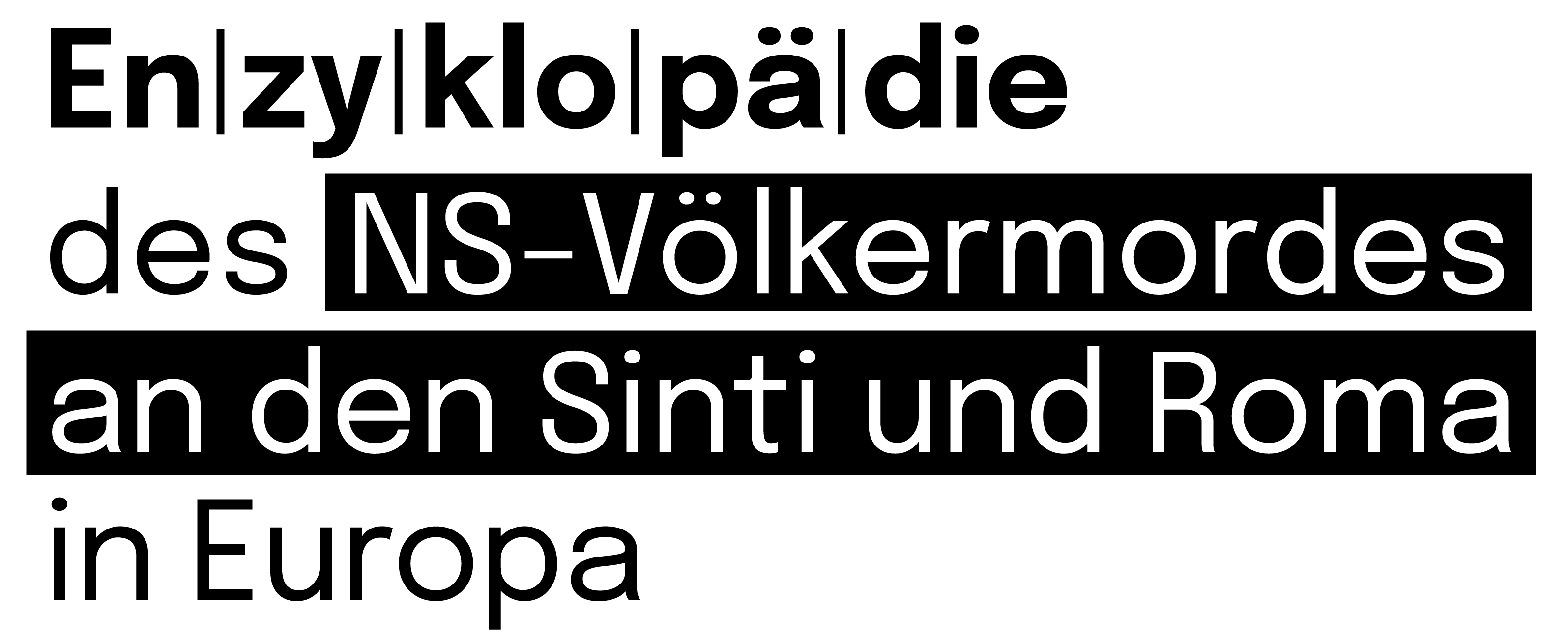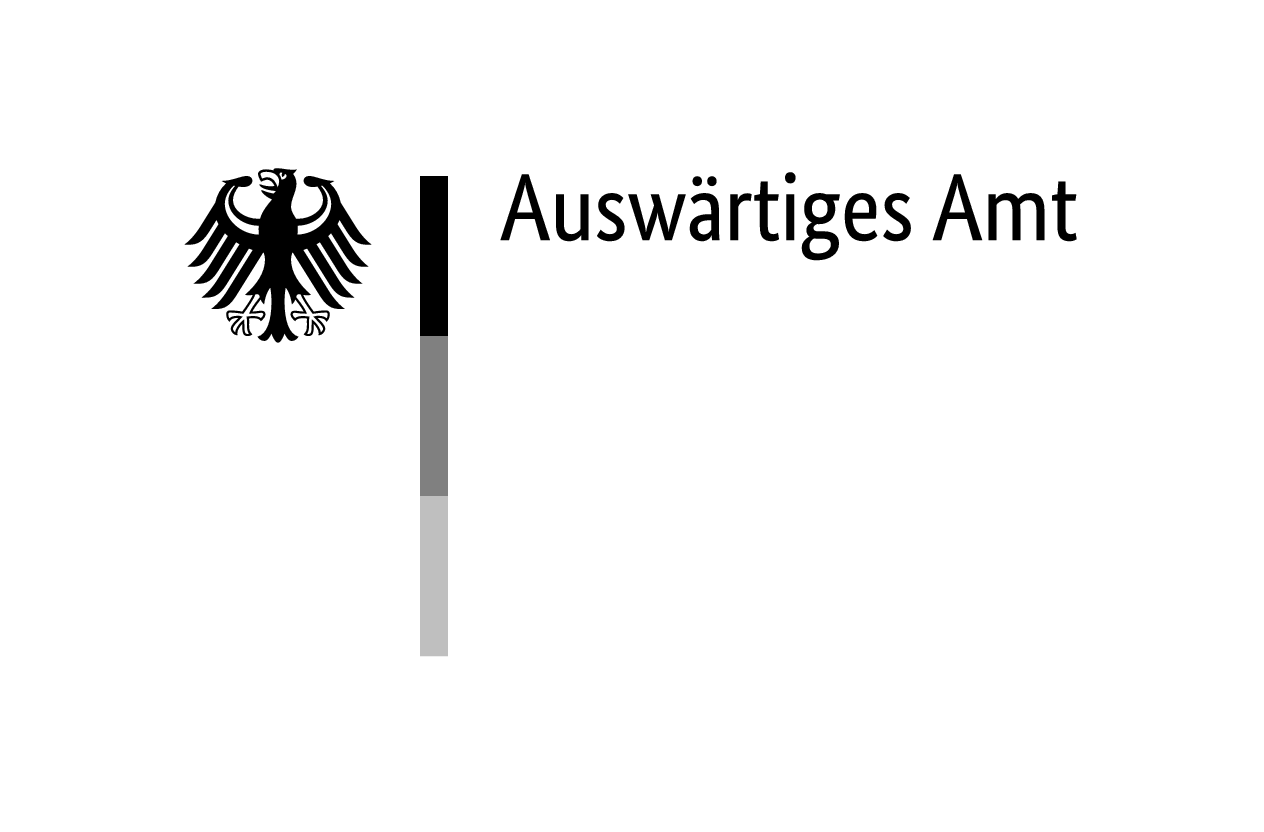The persecution and murder of Roma and Sinti in German-occupied Poland is one of the least researched topics. This article is intended to give a first impression of an essential aspect of the murder policy towards the Polish Roma: they were shot on the spot in large numbers.
Occupation, Terror and Genocide
As there are currently no definitive lemmas on Poland and the General Government, a brief introduction to the destruction of Poland and the establishment of the General Government will be given first. After the invasion of the German Reich on 1 September 1939, Poland was occupied by Germany in the west and by the Soviet Union in the east in accordance with the Hitler-Stalin Pact and thus ceased to exist in a constitutional sense. Germany annexed the western parts of Poland (Upper Silesia, Reichsgau Wartheland, Gdansk-West Prussia and the administrative district of Zichenau) as new territories of the Reich. The remaining territories were governed by a German occupation administration as the General Government from 12 October 1939.
After the invasion of the Soviet Union on 22 June 1941, Germany also annexed the district of Bialystok and annexed the district of Galicia to the General Government in August 1941. Under German occupation, the Polish population was subjected to brutal and targeted terror. As part of the systematic murder of European Jewry, around three million Polish Jews also lost their lives, most of them in the extermination camps that—with the exception of Auschwitz-Birkenau and Kulmhof—were set up on the territory of the General Government (Belzec, Majdanek, Sobibor and Treblinka).
Persecution and Murder of Polish Roma
Most Roma—including some Sinti—from the Polish territories annexed to the Reich were deported to the Auschwitz-Birkenau concentration and extermination camp from spring 1943 in accordance with the ‘Auschwitz Decree’ and murdered there. The extent of these deportations and their timing have not yet been researched in detail. Deportations of Roma to concentration and extermination camps also took place in the General Government, although there is a lack of research on this as well. It is certain that Polish Roma were murdered in the extermination camps of ‘Aktion Reinhardt’. However, thousands were murdered outside the camps, in the territory of the General Government.
The Research of Piotr Kaszyca
In 1998, the Polish historian Piotr Kaszyca published a tabular overview in German listing 167 incidents of murders of Roma that took place in the General Government between 1939 and 1945.1Kaszyca, Die Morde an Sinti und Roma. The information is largely based on the documents held by the former ‘Main Commission for the Investigation of Hitler Crimes in Poland’ [Główna Komisja Badania Zbrodni Hitlerowskich w Polsce] and appears to have been compiled up to 1991.2Ibid., 141. The list does not include the district of Galicia. It is sorted by voivodeship and within the voivodeships chronologically according to the period of the offence. Information is then provided on the location of the murders, the number of people murdered, the units to which the perpetrators belonged (mainly gendarmerie, SS, Gestapo, police) and the type of murders (mainly shootings). In addition, more detailed information on the killing site, the whereabouts of the dead bodies, the circumstances of the offence or the origin of the victims is sometimes given.
Kaszyca determined that 24 per cent of the murders were committed in 1942 and 50 per cent in 1943. The victims were mainly Polish Roma, but there were also a few German Sinti and Roma who had been deported to the General Government as part of the May Deportation of 1940 among the murdered. He estimated the number of murders documented in his table at around 3,600 people.3Ibid., 122. In a footnote, he pointed out that he had continued his research since 1991 and could now name 188 verifiable killing sites with a victim count of around 4,200 Roma.4Ibid., 143.
Processing the Data
The results of Piotr Kaszyca’s research do not appear to have been widely recognised in the scientific community. Only a few of the crimes on his list have been investigated in more detail, such as the murders of Roma in Szczurowa. Against the background of the poor state of research on this group of victims in German-occupied Poland, the Encyclopaedia of the Nazi Genocide of the Sinti and Roma in Europe therefore builds on Kaszyca’s research and has set itself the goal of documenting as many of the massacres as possible in the Encyclopaedia. Perhaps this will also inspire further research.
As a first step, the data was recorded in a database in 2021 by a former employee, the historian Ingo Eser (born 1969). In addition, Ingo Eser researched further information on the crime scenes in the list and crime scenes that were not yet included in Piotr Kaszyca‘s list.
Publication in the Encyclopaedia
The next step was to export the data in order to prepare it for publication in the Encyclopaedia. Under the leadership of Diana Partel (born 2001) and with the assistance of Nils Lützen (born 1995), the place names given were checked and in some cases corrected through extensive research. Our Polish colleague Igor de Lendorff supported us in clarifying place names. On this basis, the geodata of the crime scenes were determined in order to enter them as georeferenced spaces in the backend of the Encyclopaedia website, which is based on the Open Encyclopedia System. This data was then linked to the dynamic map ‘Mapping the Crimes’, in which all the places of crimes committed against Sinti and Roma covered in the Encyclopaedia are brought together. The place names have also been included in the index of this lemma to make them visible.
The corrected list of place names and the corresponding geodata also formed the basis for the thematic map ‘Massacres in the General Government’, which the Berlin cartographer Peter Palm (born 1966) created especially for publication in the Encyclopaedia.
Outlook
We are currently working on preparing Piotr Kaszyca’s list with all the information it contains for publication in this lemma. On the one hand, the wealth of information it contains should also be made accessible. On the other hand, further research can be pursued on this basis.




